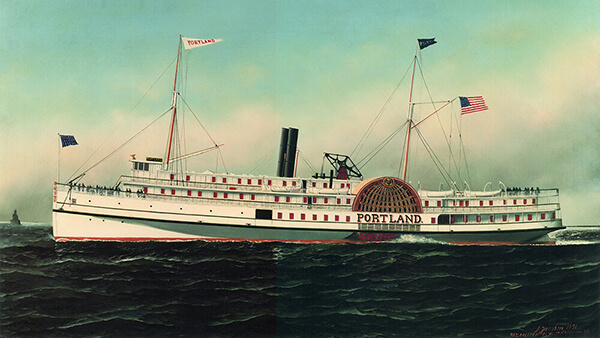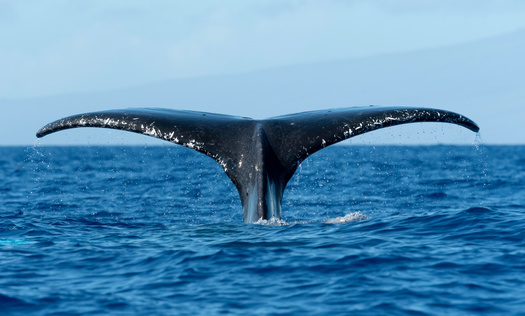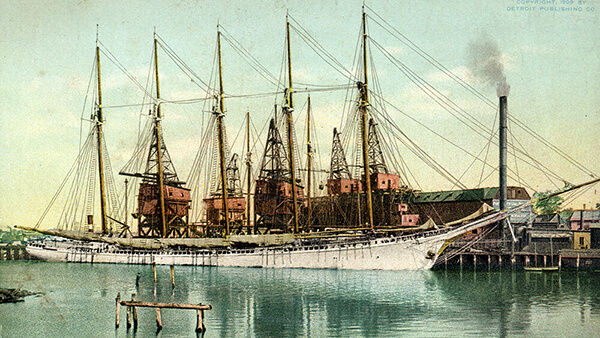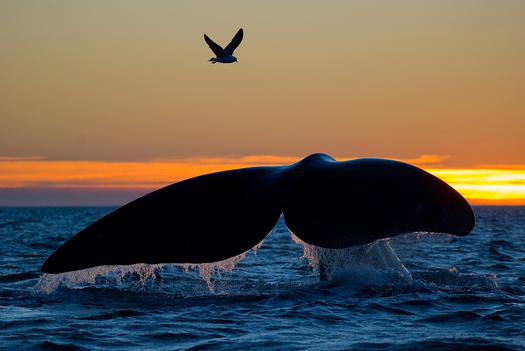Scientists in Massachusetts are working to protect historic shipwrecks and the habitats they provide from dangerous marine debris.

Scientists in Massachusetts are working to protect historic shipwrecks and the habitats they provide from dangerous marine debris.
There’s more than two hundred shipwrecks in the Stellwagen Bank Sanctuary near Cape Cod alone. It’s also a popular whale watching and fishing location.

Kirstin Meyer-Kaiser – an associate scientist with the Woods Hole Oceanographic Institution – said discarded nets, traps, and plastics are damaging the ships’ structures and harming the creatures who call them home.
“All of that impacts wildlife because it becomes ingested,” said Meyer-Kaiser. “It can entangle organisms such as seals and fish.”
She said new federal funding will help develop robotic technology to safely undo entangled nets from some of the deepest shipwrecks and float them to the surface, where they can be retrieved.

The Biden Administration has allocated nearly $30 million to tackle the increasing amount of marine debris through the Bipartisan Infrastructure Law.
One study alone shows there’s now enough fishing line left in the ocean each year to reach the moon and back.
Meyer-Kaiser said she and her colleagues aim to work with commercial and recreational fisheries to find out why, and develop ways coastal communities can find solutions.
“We want to have an honest conversation with all relevant parties at the table,” said Meyer-Kaiser. “And begin to constructively and collaboratively design a policy recommendation, that can be implemented to prevent marine debris from entangling on shipwrecks in the future.”
Meyer-Kaiser said new funding will also develop classroom lessons to teach K-12 students about the harms of marine debris to ocean creatures and their historic homes.
That includes what’s often referred to as the Titanic of New England – the steamship Portland, which sank off the coast of Massachusetts in 1898.
Kirstin Meyer-Kaiser – an associate scientist with the Woods Hole Oceanographic Institution – said discarded nets, traps, and plastics are damaging the ships’ structures and harming the creatures who call them home.
“All of that impacts wildlife because it becomes ingested,” said Meyer-Kaiser. “It can entangle organisms such as seals and fish.”
She said new federal funding will help develop robotic technology to safely undo entangled nets from some of the deepest shipwrecks and float them to the surface, where they can be retrieved.
The Biden Administration has allocated nearly $30 million to tackle the increasing amount of marine debris through the Bipartisan Infrastructure Law.
One study alone shows there’s now enough fishing line left in the ocean each year to reach the moon and back.
Meyer-Kaiser said she and her colleagues aim to work with commercial and recreational fisheries to find out why and develop ways coastal communities can find solutions.
“We want to have an honest conversation with all relevant parties at the table,” said Meyer-Kaiser. “And begin to constructively and collaboratively design a policy recommendation, that can be implemented to prevent marine debris from entangling on shipwrecks in the future.”
Meyer-Kaiser said new funding will also develop classroom lessons to teach K-12 students about the harms of marine debris to ocean creatures and their historic homes.

That includes what’s often referred to as the Titanic of New England – the steamship Portland, which sank off the coast of Massachusetts in 1898.
